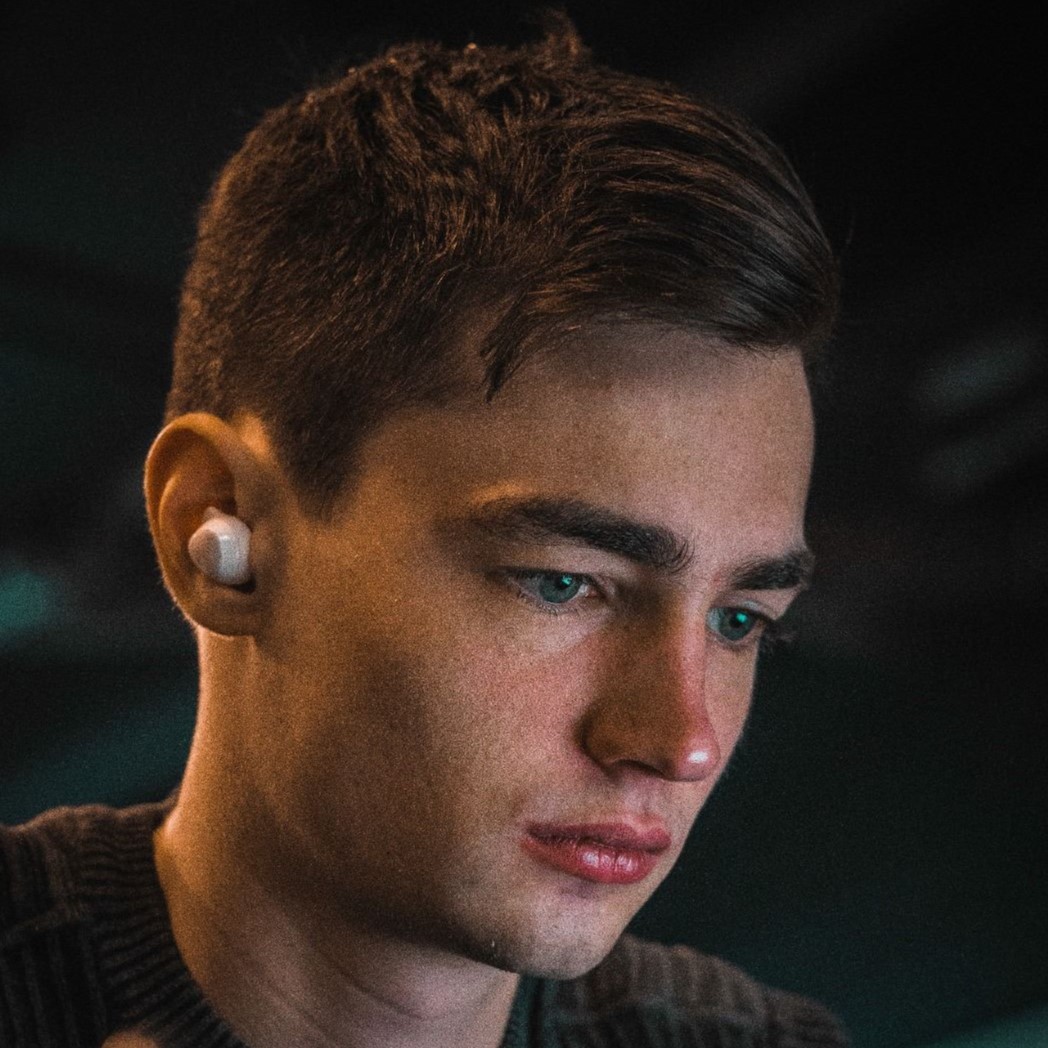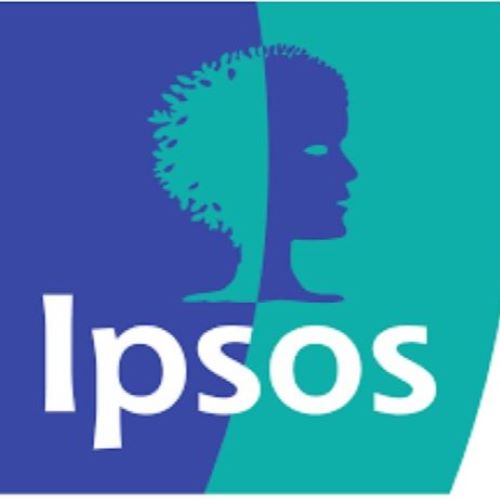This was a fun little project I did for my IOT module as part of my MSc in AI.
In this project I used an Arduino and an Alexa to automate my desk set-up.
As a student and gamer, the main controls the desk needed was over the lighting and the music.
I was given an Arduino in which I could collect information about the current state of the desk.
I had a couple of solutions to this problem,
both depending on the potential use of the project.
The first was an ultra sonic sensor,
this could sense when a presence is at the desk.
The second was an RFID chip and sensor,
this idea was shortlisted for a commercial use of the product,
as each RFID chip could have different needs from the desk,
which is perfect for hot desking.
However, I decided against the RFID due to taking unnecessary additional effort from the user,
as well as, memory concerns on the Arduino.
With the ultra sonic sensor,
I needed to interpret the information it provides in a meaningful manner.
As the sensor works by detecting how far away the nearest object is,
I first needed to make sure the sensor is put in place with no obstacles in its way,
then I needed to know the distance a person would be detected from in order ton trigger an event.
For this I used a detection light,
which displayed red when no one was present and green when there was.
Within my code,
I had a variable for the distance a person usually is from the sensor when they're present
at the desk, with slack given 30cm further from that distance and 10cm closer.
This allowed the device to comfortably recognise a presence at the desk.
The final part of the project was to get the device to interact with my
Alexa and trigger a routine for the desk to follow.
Upon research, there was a way to create a button in SmartThings that can
be triggered by an access token in C++ Arduino code. In the code,
I was able to trigger these buttons on and off. Using the Alexa application,
I added these SmartThings buttons as smart devices.
These buttons were then integrated into regular Alexa routines,
like you would do for other smart home devices. Not only did this work,
but I was able to trigger different routines based on different parameters.
The additional routines I made for this project was based on the time of day,
setting a different trigger for a routine suited accordingly based on
whether it was night or day.
Overall, this was a fun little smart home product that could have the
potential to be used in numerous ways.
As mentioned it could be useful for hot desking multiple people and their
different routines to a desk. For me it proves a useful tool when switching
between my use of my desk when I needed to study during the day and wanted
down time to play games in the evening.










